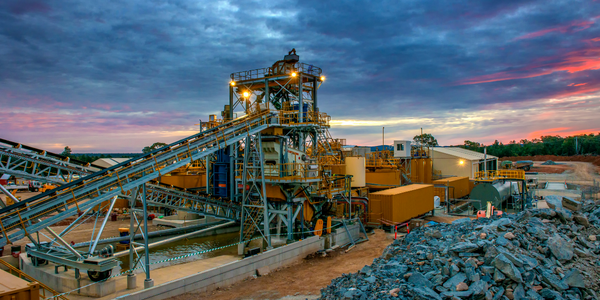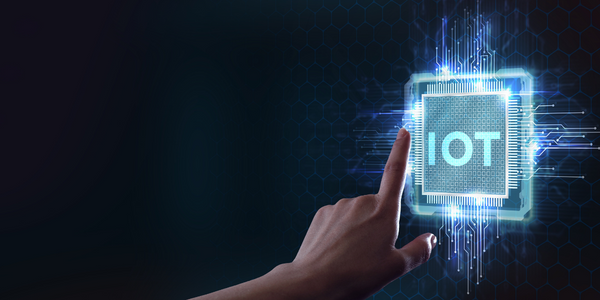Applicable Functions
- Sales & Marketing
Use Cases
- Real-Time Location System (RTLS)
- Track & Trace of Assets
About The Customer
The customer in this case is Lamborghini, a world-renowned Italian brand and manufacturer of luxury sports cars and SUVs. Known for its unique designs and high-performance vehicles, Lamborghini has a strong reputation in the automotive industry. The company is always looking for innovative ways to engage with its customers and fans, and to expand its reach to new demographics. In this case, Lamborghini was seeking to grow its online community and reach a younger generation of fans through a unique and engaging marketing strategy.
The Challenge
Lamborghini, a renowned luxury car manufacturer, was seeking to expand its online community and digital presence. The company aimed to reach a new generation of fans and engage with them in a unique and exciting way. The challenge was to create a marketing strategy that would not only attract the attention of this younger demographic but also encourage them to interact and engage with the brand. Lamborghini wanted to leverage the buzz around the film Self/Less and create a digital series that would challenge influencers to take on a new identity, thus creating a unique and immersive experience.
The Solution
Lamborghini partnered with Focus Features and created the Self/Less x Lamborghini Experience. The company sponsored a pre-screening of the film Self/Less at the Playboy Mansion, where attendees were given a key to a Lamborghini. However, only three keys could start an engine. The winners found a confidential dossier in their vehicle, which contained a new identity and instructions for the next 24 hours. The winners were led on an exciting journey, receiving VIP treatment and gifts, which they shared on social media in real time. The entire experience was documented and shared across Lamborghini's social channels, including Facebook, Instagram, Twitter, and YouTube, thus creating a buzz and engaging the online community.
Operational Impact

Case Study missing?
Start adding your own!
Register with your work email and create a new case study profile for your business.
Related Case Studies.

Case Study
IoT Applications and Upgrades in Textile Plant
At any given time, the textile company’s manufacturing facility has up to 2,000 textile carts in use. These carts are pushed from room to room, carrying materials or semi-finished products. Previously, a paper with a hand-written description was attached to each cart. This traditional method of processing made product tracking extremely difficult. Additionally, making sure that every cart of materials or semi-finished products went to its correct processing work station was also a problem. Therefore, the company desired an intelligent solution for tracking assets at their factories. They also wanted a solution that would help them collect process data so they could improve their manufacturing efficiency.

Case Study
Goldcorp: Internet of Things Enables the Mine of the Future
Goldcorp is committed to responsible mining practices and maintaining maximum safety for its workers. At the same time, the firm is constantly exploring ways to improve the efficiency of its operations, extend the life of its assets, and control costs. Goldcorp needed technology that can maximize production efficiency by tracking all mining operations, keep employees safe with remote operations and monitoring of hazardous work areas and control production costs through better asset and site management.

Case Study
Leading Tools Manufacturer Transforms Operations with IoT
Stanley Black & Decker required transparency of real-time overall equipment effectiveness and line productivity to reduce production line change over time.The goal was to to improve production to schedule, reduce actual labor costs and understanding the effects of shift changes and resource shifts from line to line.

Case Study
Buoy Status Monitoring with LoRa
The Netherlands are well-known for their inland waterways, canals, sluices and of course port activities. The Dutch Ministry of Infrastructure indicates that there are thousands of buoys and fixed items in and near water environments that would profit from IoT monitoring. One of the problems with buoys for example, is that they get hit by ships and the anchor cable breaks. Without connectivity, it takes quite some time to find out that something has happened with that buoy. Not to mention the costs of renting a boat to go to the buoy to fix it. Another important issue, is that there is no real-time monitoring of the buoys at this moment. Only by physically visiting the object on the water, one gains insight in its status.
Case Study
IoT Based Asset Tracking System
The existing system used by the customer could only track a few thousand assets and was able to generate only a few standard set of reports. As the number of assets tracked grew exponentially, the system started to break at the seams. The Tracking devices were from different manufacturers following different protocols. There was no proper integration among the devices to send instant alerts. There are thousands of tracking devices spread across multiple geographies, that are moving. The configuration and troubleshooting of these devices incurred heavy costs, which was a logistics challenge. The existing system did not provide sophisticated Analytics, Business Intelligence and Insights from the data








